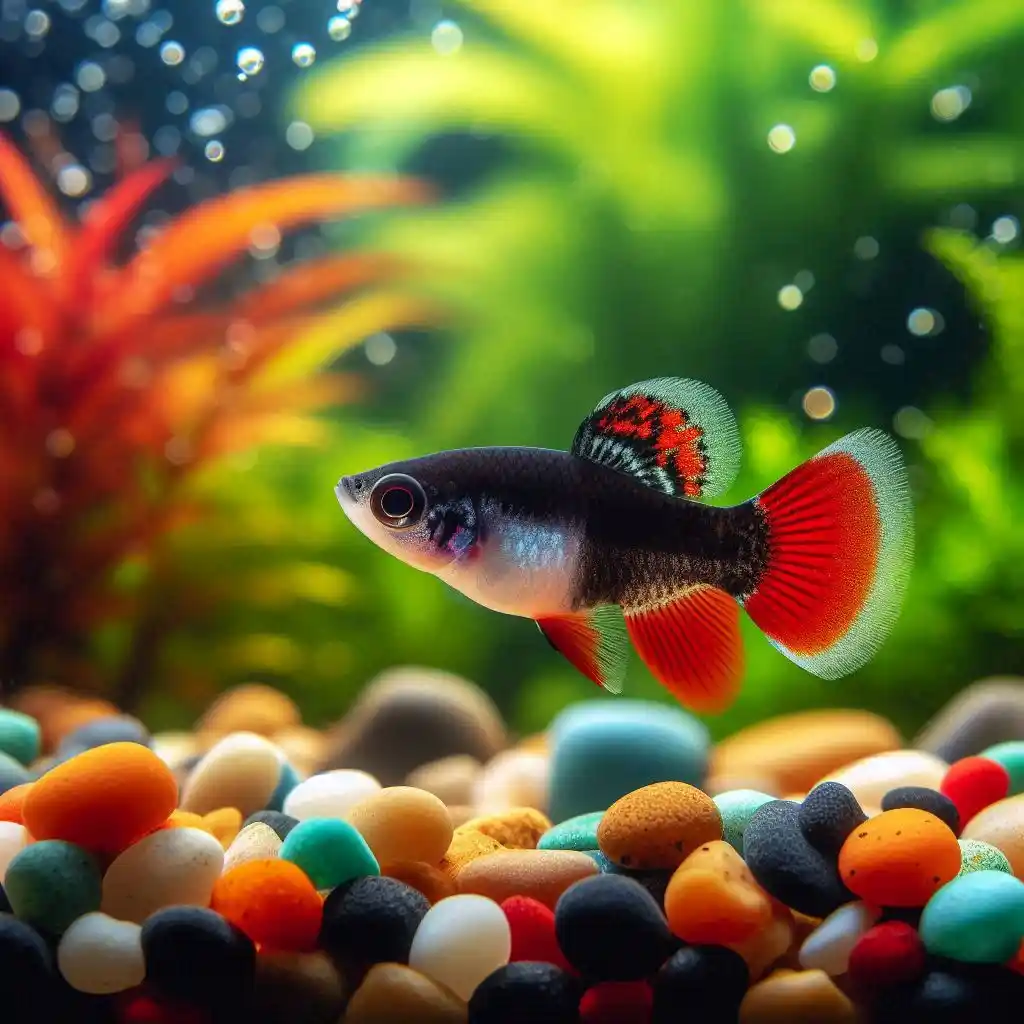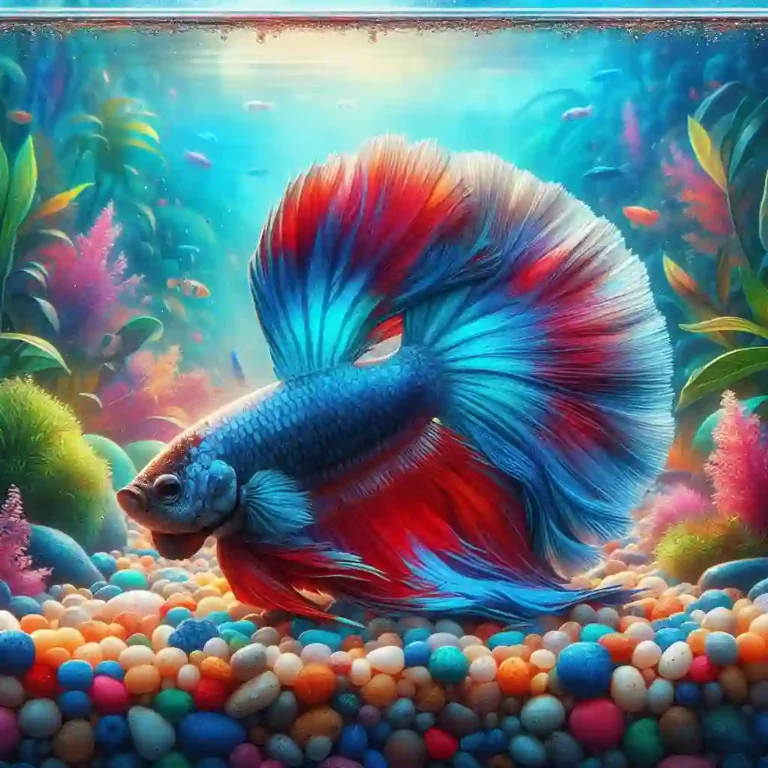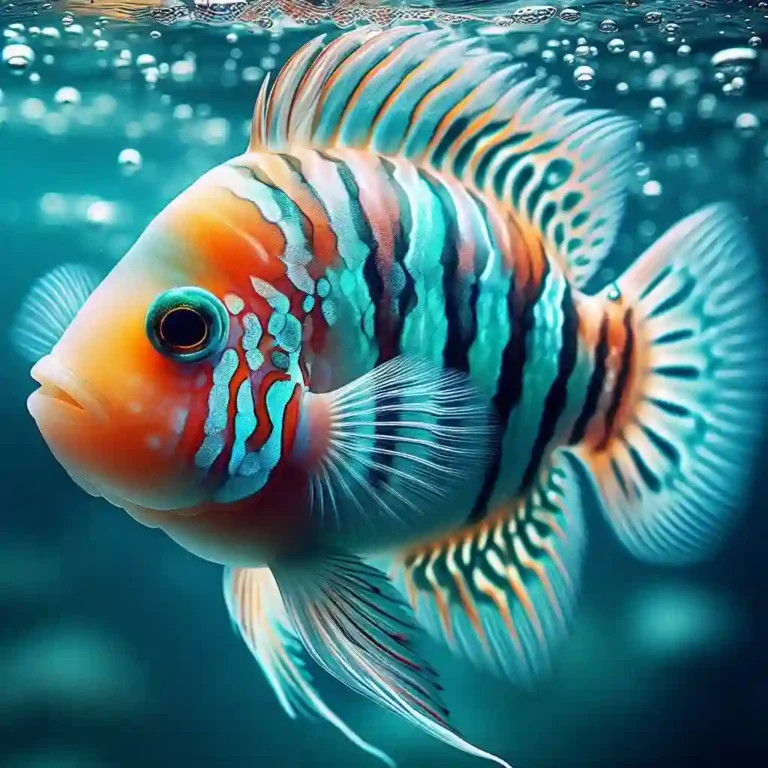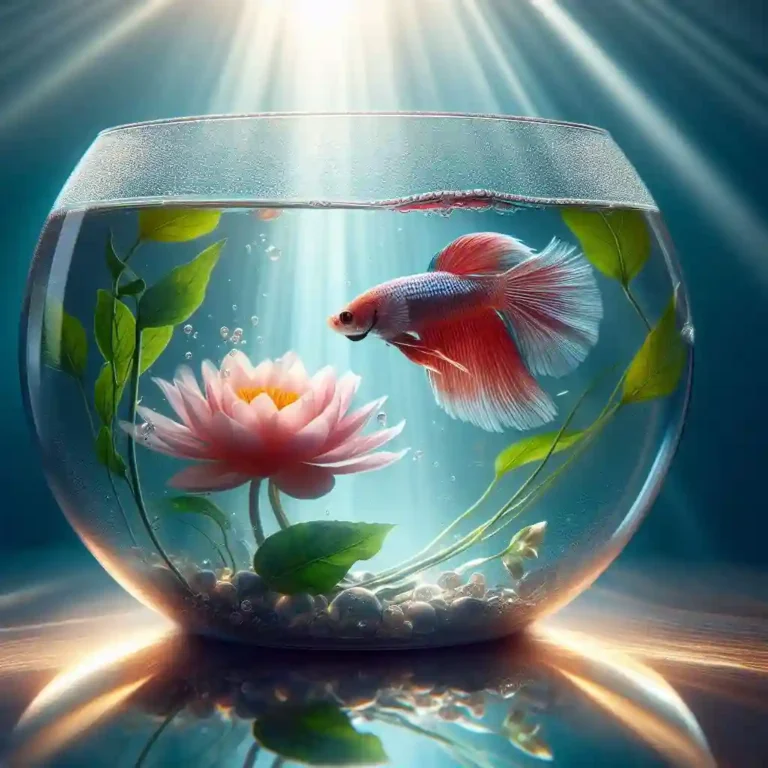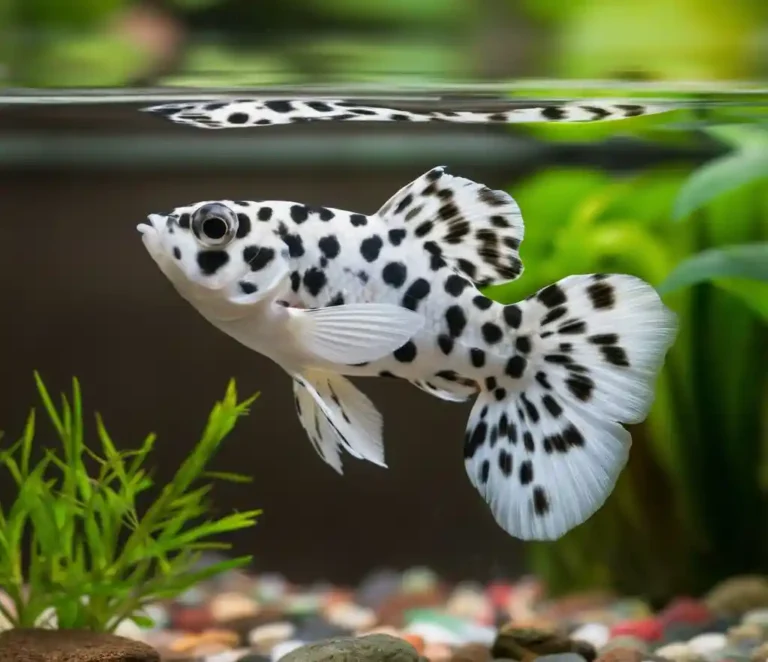Pregnant Black Skirt Tetra: What You Need to Know
Pregnant Black Skirt Tetras: Are you excited to welcome a batch of adorable Black Skirt Tetra fry into your aquarium? Or are you simply curious about the breeding habits of these popular freshwater fish?
In this comprehensive guide, we’ll take you through everything you need to know about pregnant Black Skirt Tetra, from recognizing the signs of pregnancy to caring for newborn fry.
Pregnant Black Skirt Tetra: A Quick Guide

Recognizing Pregnancy
- Look for a swollen belly and darkening of the belly
- Changes in behavior, such as reduced activity or aggression
- Visible eggs in the belly
Optimal Water Conditions
- Temperature: 72°F to 82°F (22°C to 28°C)
- pH: 6.5 to 7.5
- Water hardness: 5-10 dGH
- Regular water changes (10-20% every week)
Nutrition and Diet
- High-quality commercial flakes or pellets
- Live or frozen foods, such as brine shrimp or bloodworms
- Vegetable-based foods, such as spirulina or algae flakes
- Avoid overfeeding and maintain a balanced diet
Common Health Issues
- Fungal infections
- Bacterial infections
- Parasitic infestations
- Egg binding
- Stress and anxiety
Breeding and Mating
- Select healthy, disease-free breeding stock
- Condition breeding stock with high-quality foods
- Set up a separate breeding tank with optimal water conditions
- Induce spawning with a gradual water change or temperature increase
Caring for Newborn Fry
- Provide a separate tank with optimal water conditions
- Feed infusoria or a commercial fry food 3-4 times a day
- Monitor for signs of stress or disease and take corrective action
- Gradually introduce brine shrimp or other small foods to the diet
Recognizing the Signs of Pregnancy
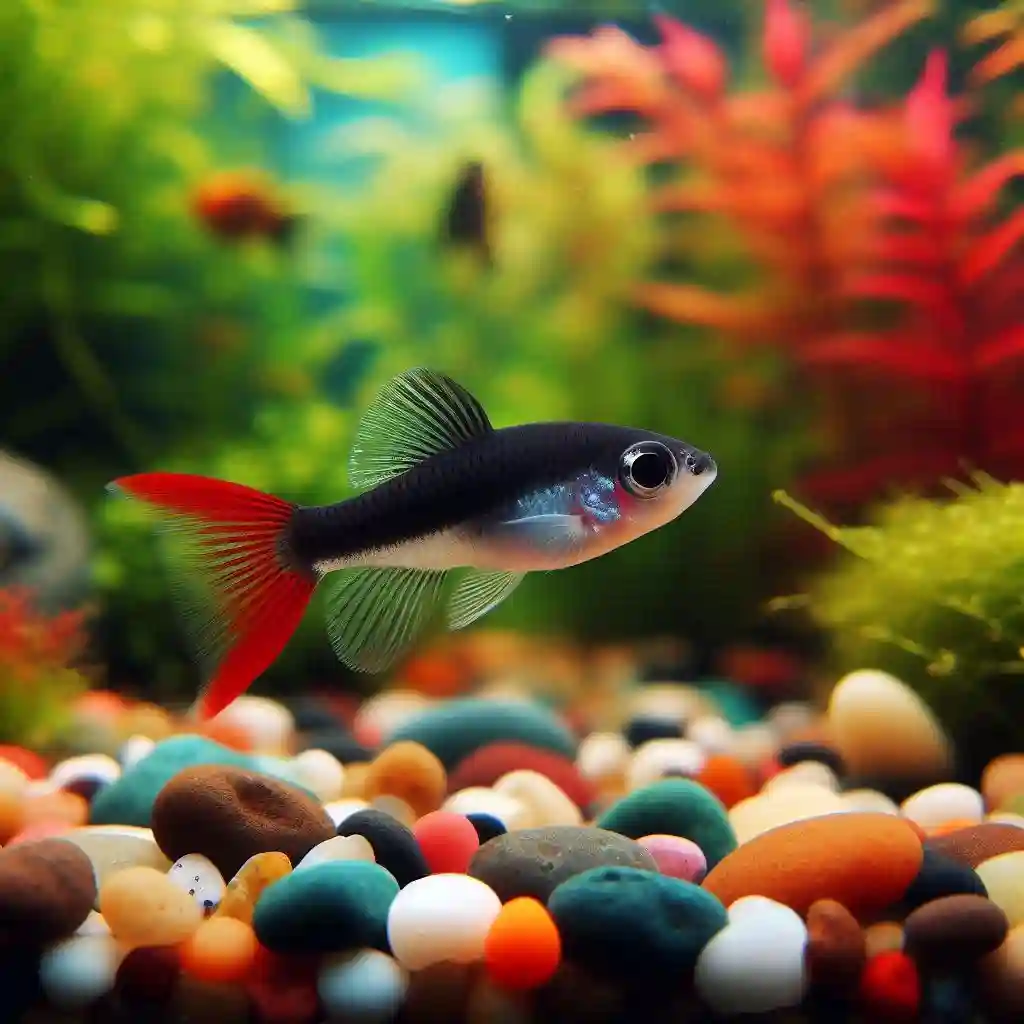
- Swollen Belly: A pregnant Black Skirt Tetra’s belly will become noticeably swollen as the eggs develop.
- Darkening of the Belly: The belly of a pregnant Black Skirt Tetra may darken in color as the eggs mature.
- Changes in Behavior: Pregnant Black Skirt Tetras may become more aggressive or territorial, or exhibit changes in feeding behavior.
- Reduced Activity: Pregnant Black Skirt Tetra may become less active or lethargic as the pregnancy progresses.
- Changes in Appetite: Pregnant Black Skirt Tetra may exhibit changes in appetite or feeding behavior, such as eating more or less than usual.
- Visible Eggs: In some cases, the eggs may be visible through the transparent belly of the Black Skirt Tetra.
- Changes in Body Shape: The body shape of a pregnant Black Skirt Tetra may become more rounded or distorted as the eggs develop.
- Increased Resting: Pregnant Black Skirt Tetras may spend more time resting or hiding, especially as the pregnancy progresses.
Optimizing Water Conditions for a Healthy Pregnancy
- Stable Water Temperature: Maintain a stable water temperature between 72°F to 82°F (22°C to 28°C) to reduce stress and promote healthy development.
- pH Balance: Maintain a pH range of 6.5 to 7.5 to ensure a healthy environment for the developing eggs.
- Water Hardness: Maintain a water hardness of 5-10 dGH to ensure proper osmoregulation and reduce stress.
- Water Changes: Perform regular water changes (10-20% every week) to maintain water quality and reduce the risk of disease.
- Ammonia and Nitrite Levels: Ensure ammonia and nitrite levels are zero, as these toxins can be harmful to the developing eggs.
- Nitrate Levels: Maintain low nitrate levels (<20 ppm) to reduce the risk of algae growth and water quality issues.
- Water Flow and Oxygenation: Ensure adequate water flow and oxygenation to promote healthy development and reduce stress.
- Avoid Overcrowding: Avoid overcrowding the tank to reduce stress and promote a healthy environment for the pregnant Black Skirt Tetra.
- Monitor Water Quality: Regularly test the water for ammonia, nitrite, nitrate, and pH to ensure optimal water quality.
Nutrition and Diet for Pregnant Black Skirt Tetras
- High-Quality Flakes or Pellets: Provide a high-quality commercial flake or pellet food as the main staple, formulated for small fish like Black Skirt Tetras.
- Live or Frozen Foods: Supplement with live or frozen foods like brine shrimp, bloodworms, or daphnia to provide essential nutrients and variety.
- Protein-Rich Foods: Offer protein-rich foods like mosquito larvae, fruit flies, or small crustaceans to support egg development.
- Vegetable-Based Foods: Provide vegetable-based foods like spirulina or algae flakes to support overall health and development.
- Omega-3 Rich Foods: Offer foods rich in omega-3 fatty acids, like fish oil or krill, to support heart health and development.
- Vitamin and Mineral Supplements: Consider adding vitamin and mineral supplements specifically formulated for fish to ensure optimal nutrition.
- Avoid Overfeeding: Avoid overfeeding, as this can lead to poor water quality and stress on the pregnant Black Skirt Tetra.
- Feed Small, Frequent Meals: Feed small, frequent meals to ensure the pregnant Black Skirt Tetra can digest the food properly and reduce waste.
- Monitor Food Intake: Monitor food intake and adjust the diet as needed to ensure the pregnant Black Skirt Tetra is receiving the necessary nutrients.
Common Health Issues in Pregnant Black Skirt Tetras
- Fungal Infections: Fungal infections can occur in pregnant Black Skirt Tetras, especially if the water quality is poor or the fish is stressed.
- Bacterial Infections: Bacterial infections can also occur, especially if the fish has open sores or wounds.
- Parasitic Infestations: Parasites like ich, velvet, or worms can infect pregnant Black Skirt Tetras, especially if the water quality is poor.
- Swim Bladder Issues: Pregnant Black Skirt Tetras may experience swim bladder issues, which can cause buoyancy problems or difficulty swimming.
- Egg Binding: Egg binding can occur if the eggs are not released properly, which can lead to serious health issues or even death.
- Stress and Anxiety: Stress and anxiety can weaken the immune system of pregnant Black Skirt Tetras, making them more susceptible to disease.
- Water Quality Issues: Poor water quality can lead to a range of health issues in pregnant Black Skirt Tetras, including respiratory problems, fin rot, and more.
- Nutritional Deficiencies: Nutritional deficiencies can occur if the pregnant Black Skirt Tetra is not receiving a balanced diet, leading to health problems and poor development.
- Physical Injuries: Physical injuries can occur if the pregnant Black Skirt Tetra is harassed or bullied by other fish, or if it collides with decorations or the tank walls.
The Stages of Black Skirt Tetra Pregnancy
Stage 1: Courtship and Mating (Days 1-3)
- Males perform courtship displays to attract females
- Males and females mate, and the female receives the sperm
Stage 2: Egg Development (Days 4-7)
- The female Black Skirt Tetra’s eggs begin to develop and mature
- The eggs are fertilized and start to divide
Stage 3: Egg Maturation (Days 8-14)
- The eggs continue to mature and develop
- The female Black Skirt Tetra’s belly begins to swell
Stage 4: Egg Release (Days 15-21)
- The female Black Skirt Tetra releases the eggs into the water column
- The eggs are fertilized and begin to develop
Stage 5: Fertilization and Embryonic Development (Days 22-28)
- The eggs are fertilized and begin to develop
- The embryos begin to form and grow
Stage 6: Hatching (Days 29-35)
- The eggs hatch, and the larvae emerge
- The larvae begin to feed on their yolk sacs
Stage 7: Free-Swimming Fry (Days 36+)
- The larvae develop into free-swimming fry
- The fry begin to feed on small foods and grow
Creating a Safe and Stress-Free Environment
Provide a Spacious Tank
- Ensure the tank is large enough to accommodate the pregnant Black Skirt Tetra and any other tankmates
- A minimum tank size of 10 gallons is recommended
Maintain Good Water Quality
- Regularly test the water for ammonia, nitrite, and nitrate levels
- Perform regular water changes (10-20% every week) to maintain good water quality
Reduce Aggression and Stress
- Avoid keeping aggressive or fin-nipping tankmates with the pregnant Black Skirt Tetra
- Provide plenty of hiding places and visual barriers to reduce stress
Maintain a Comfortable Water Temperature
- Keep the water temperature between 72°F to 82°F (22°C to 28°C) to reduce stress and promote healthy development
Minimize Noise and Vibrations
- Place the tank in a quiet area away from loud noises and vibrations
- Avoid placing the tank near a window or door to reduce external stressors
Provide a Balanced Diet
- Offer a varied and balanced diet that includes live, frozen, and commercial foods
- Avoid overfeeding, which can lead to stress and poor water quality
Monitor Water Parameters
- Regularly monitor water parameters such as pH, ammonia, nitrite, and nitrate levels
- Make adjustments as necessary to maintain optimal water quality
Breeding and Mating Strategies for Black Skirt Tetras
Selecting Breeding Stock
- Choose healthy, disease-free Black Skirt Tetras with desirable traits
- Select fish with good body shape, color, and finnage
Conditioning Breeding Stock
- Feed high-quality foods to promote good health and fertility
- Provide a varied diet that includes live, frozen, and commercial foods
- Maintain optimal water quality and tank conditions
Setting Up a Breeding Tank
- Use a separate breeding tank to reduce stress and promote successful breeding
- Provide plenty of hiding places and visual barriers to reduce aggression
- Maintain optimal water quality and tank conditions
Inducing Spawning
- Use a gradual water change to simulate a rainy season
- Increase water temperature to 82°F (28°C) to stimulate spawning
- Add a spawning medium, such as a spawning mop or a plant, to the tank
Mating and Fertilization
- Introduce the male and female Black Skirt Tetras to the breeding tank
- Allow the fish to mate and fertilize the eggs naturally
- Monitor the tank for signs of spawning and fertilization
Egg Care and Fertilization
- Collect the eggs and transfer them to a separate tank for incubation
- Maintain optimal water quality and tank conditions during incubation
- Monitor the eggs for signs of fertilization and development
Raising Fry
- Feed the newly hatched fry infusoria or a commercial fry food
- Provide a varied diet that includes live, frozen, and commercial foods
- Monitor the fry for signs of stress or disease and take corrective action
Caring for Newborn Fry: A Guide for Black Skirt Tetra Parents
Initial Care (0-3 Days)
- Provide a separate tank for the newborn fry to reduce predation and stress
- Maintain optimal water quality and tank conditions
- Feed the fry infusoria or a commercial fry food 3-4 times a day
Nutrition and Feeding (3-7 Days)
- Gradually introduce brine shrimp or other small foods to the fry’s diet
- Feed the fry 3-4 times a day, adjusting the amount based on their growth and appetite
- Monitor the fry for signs of stress or disease and take corrective action
Water Changes and Maintenance (7-14 Days)
- Perform daily water changes (10-20%) to maintain optimal water quality
- Monitor the tank’s water parameters and make adjustments as necessary
- Clean the tank regularly to prevent the buildup of debris and bacteria
Growth and Development (14-28 Days)
- Monitor the fry’s growth and development, adjusting their diet and environment as necessary
- Provide plenty of hiding places and visual barriers to reduce stress and aggression
- Gradually introduce the fry to a varied diet that includes live, frozen, and commercial foods
Common Issues and Solutions
- Monitor the fry for signs of disease or stress, such as labored breathing, lethargy, or erratic swimming
- Take corrective action to address any issues, such as adjusting the water parameters or treating with medication
- Be prepared to separate the fry if they begin to show aggression or fin nipping
FAQs
Q: How long does it take for Black Skirt Tetras to breed?
A: Black Skirt Tetras can breed year-round, but they typically spawn every 2-3 weeks during the breeding season.
Q: How many eggs do Black Skirt Tetras lay?
A: Black Skirt Tetras can lay up to 100 eggs per spawn, although the average clutch size is around 20-30 eggs.
Q: How long does it take for Black Skirt Tetra eggs to hatch?
A: Black Skirt Tetra eggs typically hatch within 24-48 hours after spawning.
Q: What is the ideal water temperature for breeding Black Skirt Tetras?
A: The ideal water temperature for breeding Black Skirt Tetras is between 72°F to 82°F (22°C to 28°C).
Q: How often should I feed my pregnant Black Skirt Tetra?
A: Pregnant Black Skirt Tetras should be fed 2-3 times a day, as they require a nutrient-rich diet to support the development of their eggs.
Q: Can I keep my pregnant Black Skirt Tetra with other fish?
A: It’s best to keep pregnant Black Skirt Tetras separate from other fish to reduce stress and aggression.
Q: How long does it take for Black Skirt Tetra fry to grow?
A: Black Skirt Tetra fry typically take around 2-3 months to grow to maturity, although this can vary depending on factors such as water quality and nutrition.

Hello, I’m Aria Cooper, the heart and soul behind Swimmy Buddies. As a devoted fish aficionado, I share my aquatic adventures and expertise to inspire your own underwater explorations. 🐠🌊

